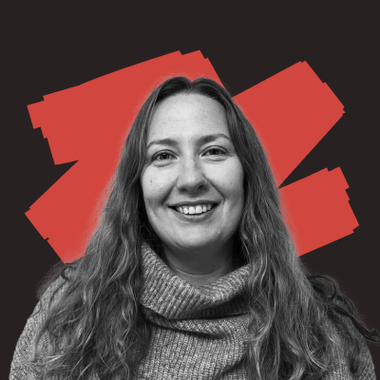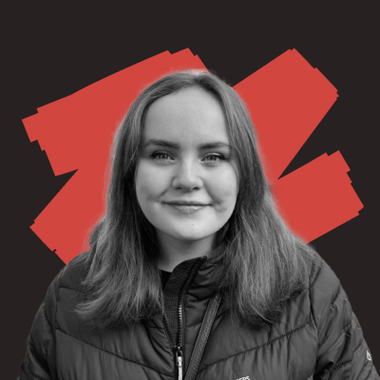If you like Pirates of the Caribbean, there is a joke throughout that movie about how the code of the ocean is more like a guideline than actual rules. This is a joke used by the pirates to get away with bad things, but the premise is right. I continually try to run a structure which is tight enough to keep things running, but loose enough to pivot when needed, and always with a backup plan (or five).
This only works as we have set a strong foundation over many years, with clear processes, project management tools, and defined workflows. This now allows us to empower our teams to make decisions well, so they can adapt on the fly, making flexibility second nature to them. We also have a daily 15-minute stand-up, which helps the full team remain aware of the bigger picture as priorities shift and evolve, or issues happen overnight.
The biggest thing I have learnt in my career so far is that teams who struggle with making correct decisions, trusting leadership, etc, mainly always stem from a place of not receiving the information, which can make leadership decisions feel wrong, or chaotic. Complete transparency and communication allow the team to know exactly why decisions have been made or changed, which keeps the business flexible to pretty much anything.
The process is there to guide you, not restrict you from doing a good job.






